Sal holidays
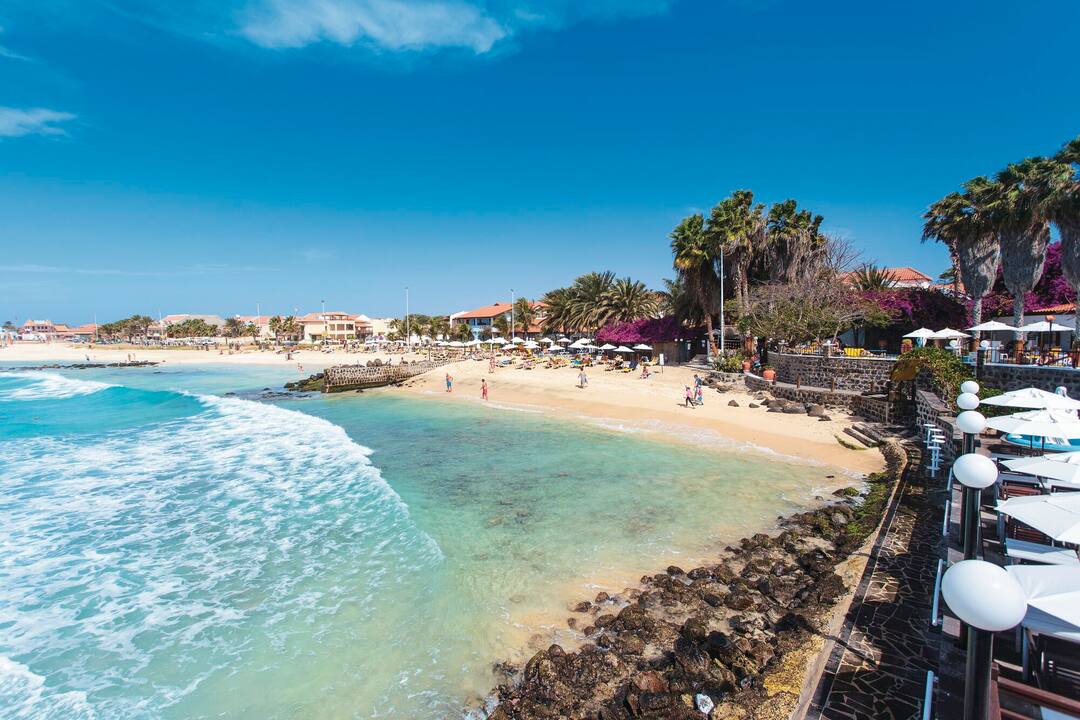;img.crop(width:1080%2Cheight:608))
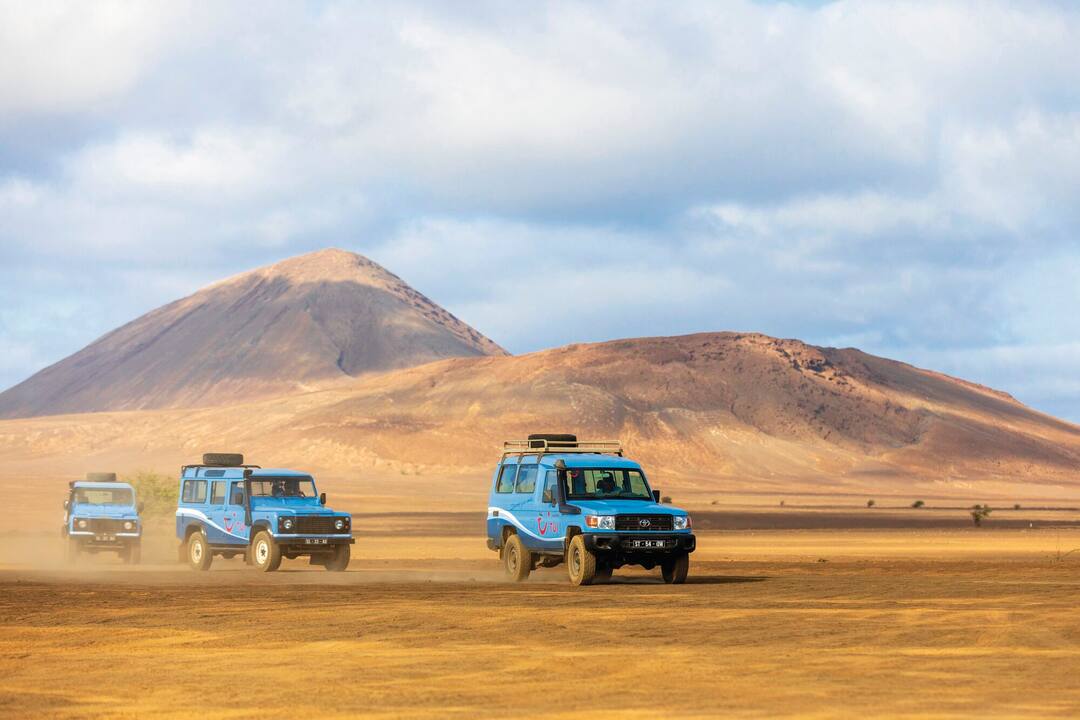;img.crop(width:1080%2Cheight:608))
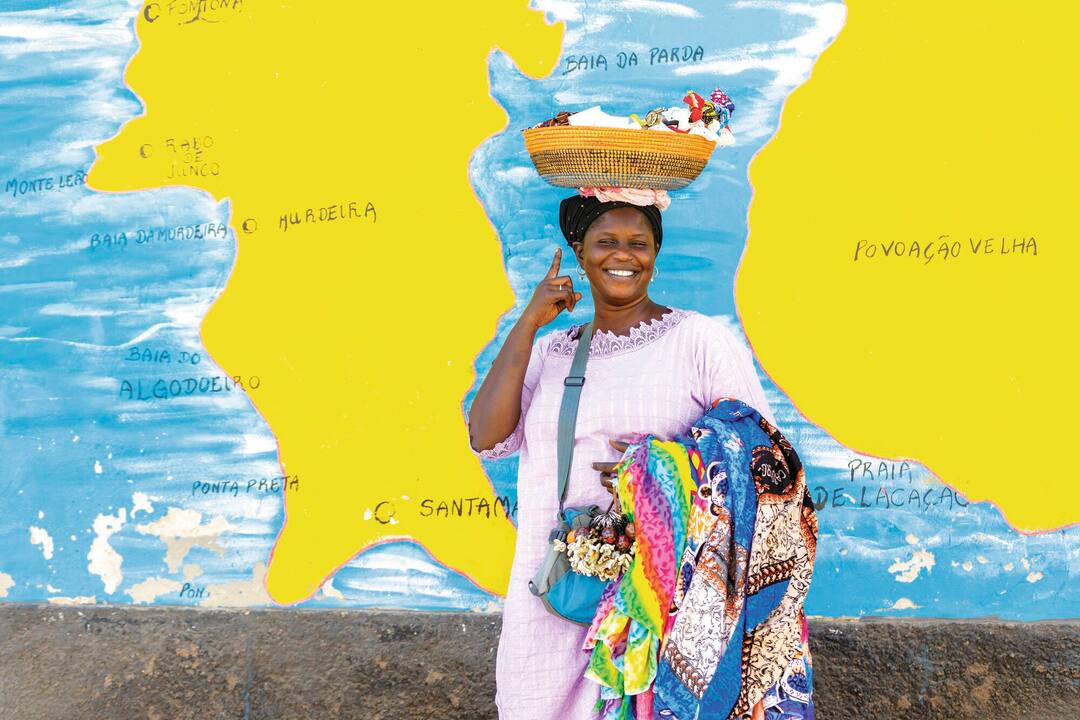;img.crop(width:1080%2Cheight:608))
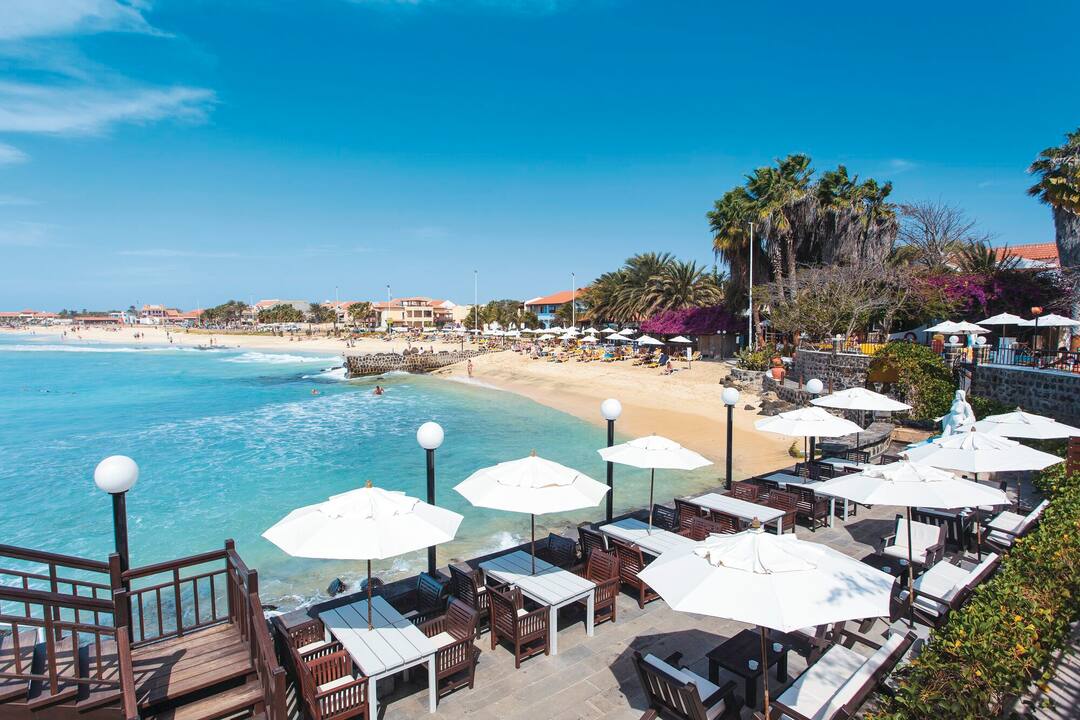;img.crop(width:1080%2Cheight:608))
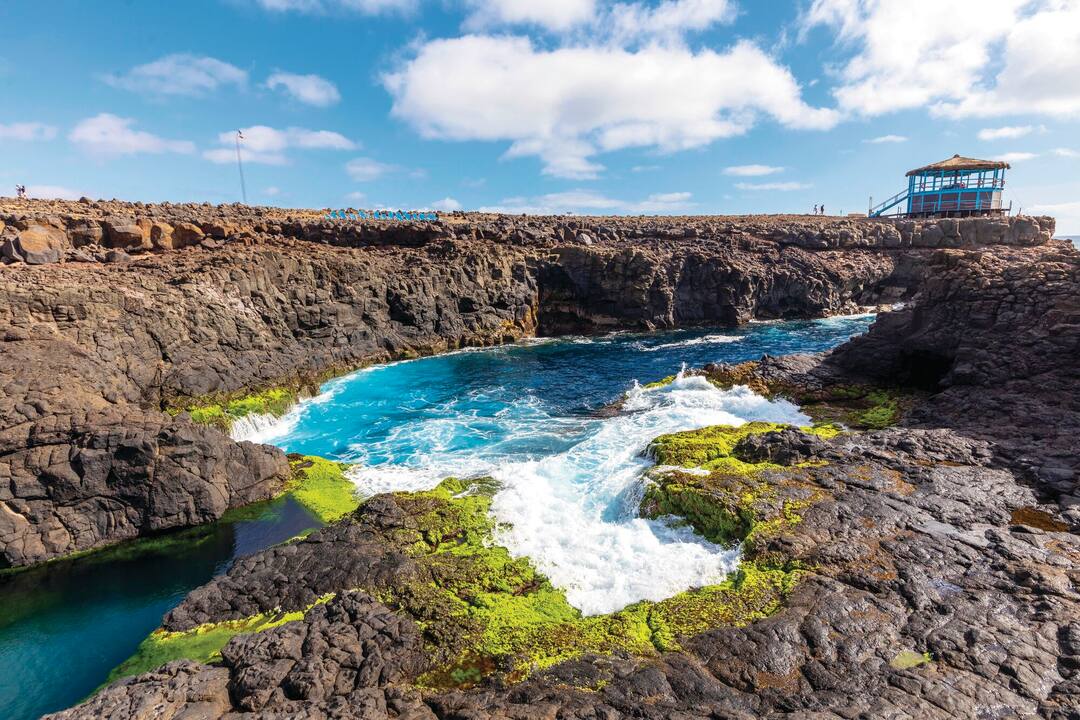;img.crop(width:1080%2Cheight:608))
;img.crop(width:1080%2Cheight:608))
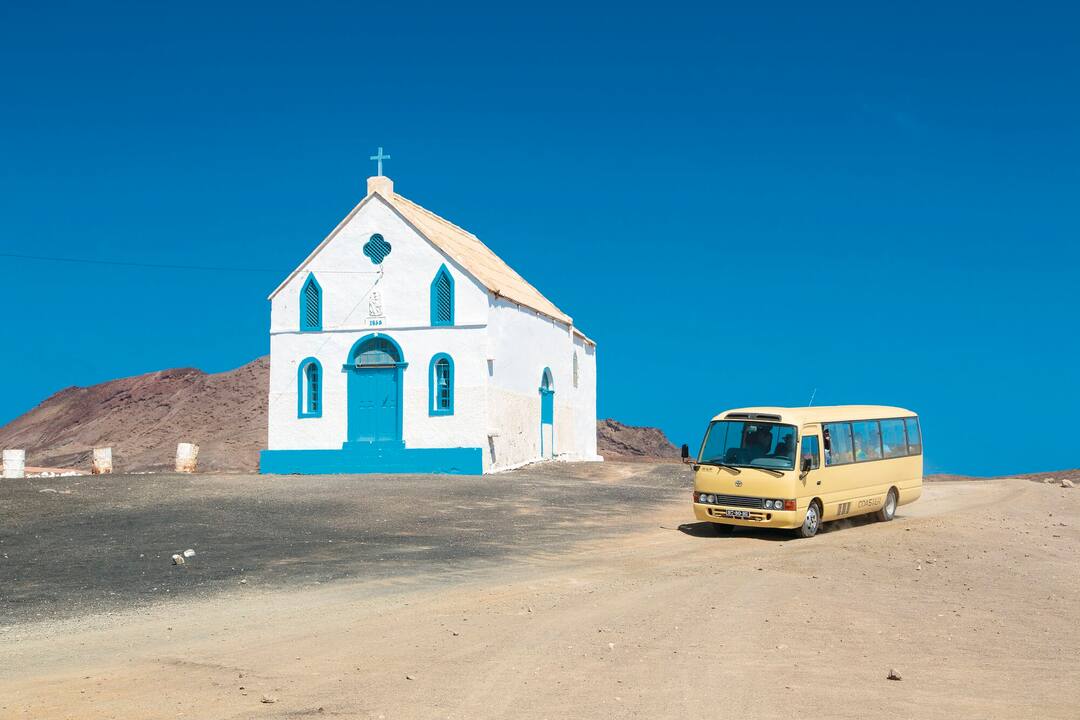;img.crop(width:1080%2Cheight:608)&fit=thumb&w=782&h=394&q=70&fm=jpg)
Holidays to Sal are all about escapism. This little isle is part of the Cape Verde Islands, and is made up of little more than white-sand beaches and brightly-coloured villages.
Unique culture
Sal is part of Cape Verde, a group of 10 islands sprinkled off the west coast of Africa. They’re relatively unknown in the mainstream market and, thanks to their location, they’re a unique melting pot of cultures. The islands were originally discovered by the Portuguese, and there’s also a mixture of African and Brazilian influences. You’ll see it in the island’s music, fashion and, perhaps most obviously, in the food.
The African Caribbean
The travel guides like to refer to Cape Verde as the ‘African Caribbean’, and the country certainly lives up to its nickname. Sal, one of the most popular islands, has snow-white beaches and rainbow-painted towns, just like those you’d find in Jamaica and the Dominican Republic.
Santa Maria
Sal’s busiest town is Santa Maria, a Crayola-coloured hub filled with surf stores, craft shops, and restaurants that serve local specialities, like steaming catchupa stew. Most of the hotels on the island are lined up along the town’s beach – an eight-kilometre stretch of sand dotted with beach bars and windsurfing centres.
Popular hotels in Sal
Top things to see and do in Sal
Beaches
Shopping
Nightlife
Food & drink
Top Hotels in Sal
Facts about Sal
FAQs
Where can I find the latest travel advice?
All your questions about entry requirements, visas, passports or health information are answered on our Travel Advice page.
What are the best beaches in Sal?
Sal offers impressive beaches for you to enjoy. You'll love Santa Maria Beach for its long stretch of golden sand and clear waters. If you're into watersports, Kite Beach is an excellent spot. Many resorts provide private beach areas where you'll find comfortable loungers and amenities, perfect for a relaxing day by the sea.
Are there any local customs I should know about in Sal?
In Sal, modest dress is appreciated when leaving the resort, especially in towns or churches. We recommend asking permission before taking photos of locals. Learning a few words in Portuguese or Creole is welcomed. Respect the laid-back island culture and be patient with service.
Should I tip in Sal?
Tipping in Sal is appreciated but not expected. In restaurants, you might consider leaving around 10% if a service charge isn't included. For hotel staff and tour guides, small gestures are welcome. We recommend keeping a few euros or escudos in lower amounts handy for tipping if you're pleased with the service.
What's the nightlife like in Sal?
Nightlife in Sal is relaxed and centres around Santa Maria. We recommend beach bars for sunset drinks and live music. Some resorts offer evening entertainment. For a local experience, try the bars and small clubs along the main street, which often feature Cape Verdean music.
Where can I try local food in Sal cuisine?
You'll find traditional Sal cuisine in local restaurants around Santa Maria. We recommend trying cachupa, a hearty stew, and fresh seafood dishes. Many resorts offer Cape Verdean nights featuring local specialties. For an authentic experience, you might enjoy visiting the local market where you can sample native fruits and cheeses, giving you a taste of the island's culinary culture.
Where are the best places to shop in Sal?
Shopping in Sal is centred around Santa Maria. You'll find local crafts, African art, and beachwear along the main street. We recommend visiting the local market for fresh produce and authentic Cape Verdean products. If you're staying at a resort, you'll also find convenient gift shops offering souvenirs and holiday essentials.
Ready to start searching for your trip to Sal?
Take a look at our best deals, add handy holiday extras, or keep looking for travel inspiration.

;img.crop(width:1080%2Cheight:608))
;img.crop(width:1080%2Cheight:608))
;img.crop(width:1080%2Cheight:608))
;img.crop(width:1080%2Cheight:608))
;img.crop(width:1080%2Cheight:608))
;img.crop(width:1080%2Cheight:608))
;img.crop(width:1080%2Cheight:608))
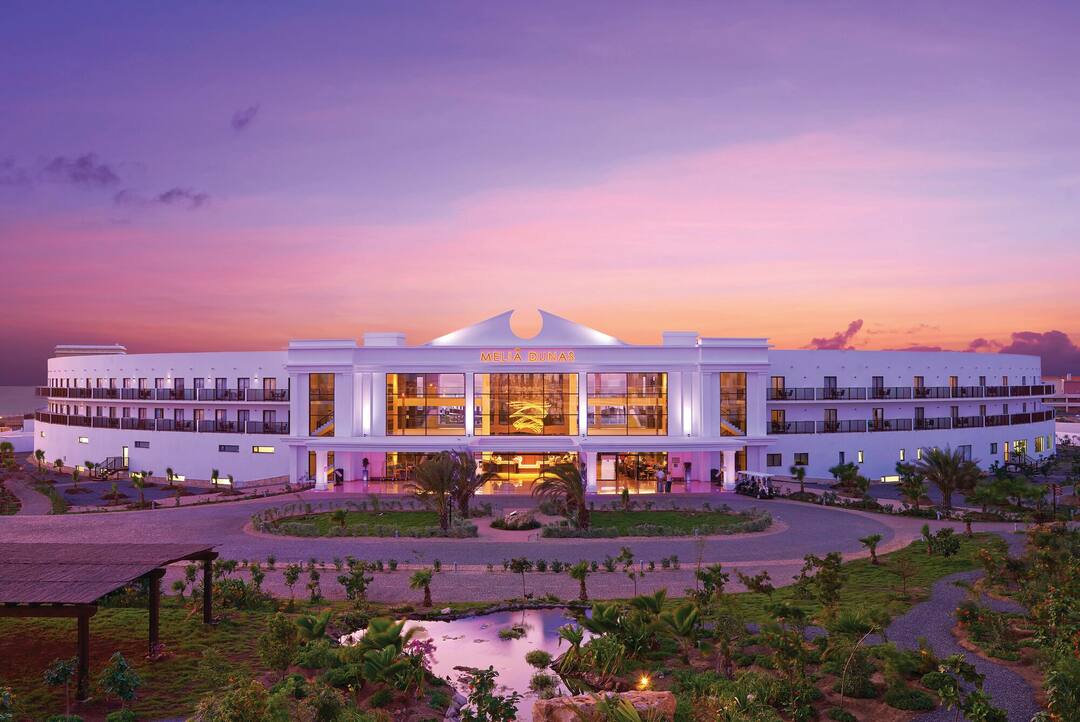;img.crop(width:1080%2Cheight:608))
;img.crop(width:1080%2Cheight:608))
;img.crop(width:1080%2Cheight:608))
;img.crop(width:1080%2Cheight:608))
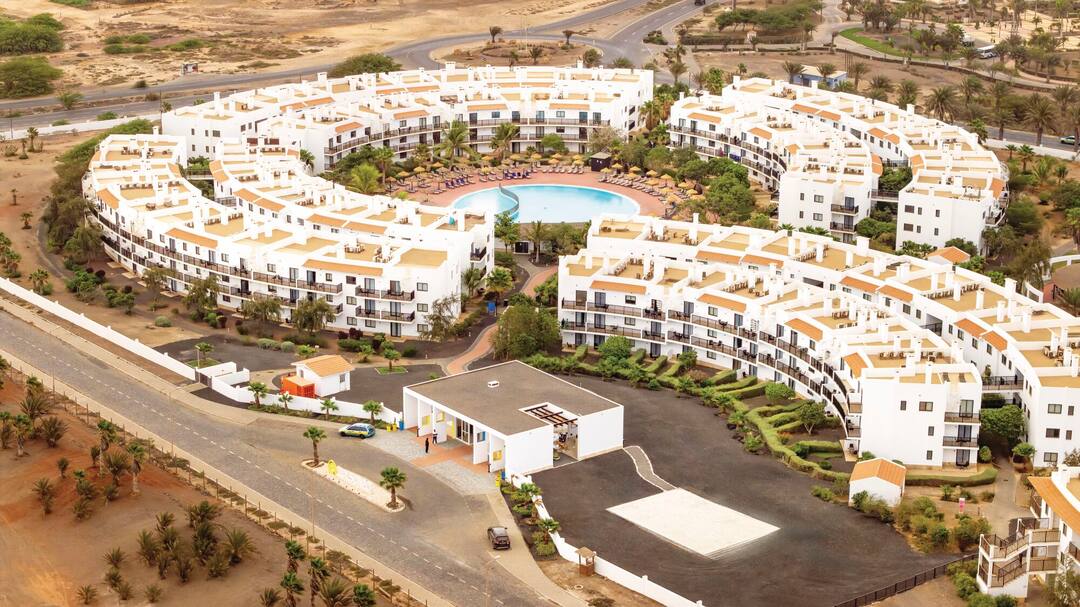;img.resize(height:608);img.crop(width:1080%2Cheight:608))
;img.crop(width:1080%2Cheight:608))
